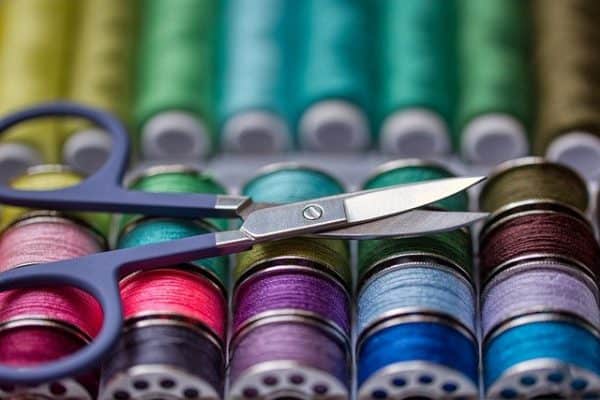
There comes a time in every creative person’s life when they feel their craft needs to get to the next level. After devoting years to it, there seems to be a plateau that gets hit and things start to stagnate. It’s at this point that some give up. Others simply move on to other disciplines for their artistic outlet.
People making handcrafts have a lot of sources for inspiration. Folk crafts are prevalent in many parts of the world. For instance, Oaxaca Mexico is known for the work of highly skilled artisans making indigenous artwork with textiles, pottery, metals, and many other materials.
When the creative juices stop flowing, it will pay huge dividends to move to Mexico and learn from the masters of the craft.
How to move to Mexico
The first thing to do to go and learn from the masters is to secure a visa to move to Mexico. For US residents this means getting the proper visa. There are two that you need to look into in particular as you will need to be there for a while to learn the craft.
The first one to think about is the FM3 visa that allows you to stay for a duration longer than 6 months. It is not a permanent visa for immigration, but one that has a beginning and end date. You’ll need to know how long you plan to stay and ask for that when putting in your application.
The FM2 is a visa that you apply for when you want to emigrate to Mexico. With the approval of this visa, there is the possibility of staying permanently.
Both of these visas require proof that you can support yourself. You’ll also need to have Mexican insurance for your healthcare needs. US health insurance rarely covers any medical needs in Mexico so switching is important. How well the Mexican system works highly depends on where you go for treatments and other factors. The best bet is to go with private insurance for the duration of your stay.
Why Oaxaca artisans are so good
The people of Oaxaca have been using local materials for centuries to produce artisanal goods. Combining that with the rough terrain that has made trade routes complex, they were able to make unique crafts that represent their culture and identity in a unique way.
Since they were rather isolated, they have a way of working within many different disciplines. Their mark is on everything from rugs, traditional clothing, and pottery. Even the food is very distinct as a result.
It is also the most ethnically diverse region in Mexico with 16 distinct indigenous groups. Each has a distinct style and sense of self that lends itself well to the materials at hand.
When the Spanish arrived, it opened up even more creativity for the local artisans as it gave them access to better materials. Instead of just cotton and ixl for textiles, for example, they added wool and silk to their repertoire.
What to learn from Oaxaca
Living in Oaxaca and working side by side with local artisans presents a unique opportunity for learning. Getting back to basics when it comes to creating things from centuries of tradition allows the artists to open a door to infinite creativity.
For instance, to get red dye for the incredible rugs that Oaxaca is famous for takes quite a bit of effort. It is derived from a small insect called cochineal. The shell is crushed and then mixed with lime juice for a bright red. Then it is used to dye cotton or wool. Getting back to these kinds of basics and master them is an ideal way to wake up the creative spirit.
The imagery for the traditional artwork and patterns will also help you give inspiration to your own arts and crafts. Since there is such a high concentration of different types of artisans, it lends itself well to learn through a variety of disciplines. It takes months to master one and there are dozens of others to learn after. It can take over a year to get to a point where it feels like these techniques can be reproduced precisely.
Practical information
The cost of living in this area of Mexico is very low. Renting a relatively central apartment in the city of Oaxaca costs roughly $200 for a one-bedroom. Eating out at street food trucks is often less than $1 for lunch and a couple more for dinner. For less than $1,000 a month it is possible to live with very high standards for housing, food, workshops, and health insurance without any sacrifice.
The food is known to be some of the best in Mexico. And the are is perfect for those who love living in the outdoors with hiking in the hills nearby.
 Gearfuse Technology, Science, Culture & More
Gearfuse Technology, Science, Culture & More


